22 Bold Signature Asian Cocktails That Wow Every Guest
Asian cocktails blend rich cultural traditions with innovative mixology, creating liquid art that tantalizes taste buds and tells stories.
Global bartenders have revolutionized beverage crafting by infusing regional ingredients and unique techniques into their drink designs.
Exotic spices, fresh herbs, and unexpected spirits transform ordinary beverages into extraordinary sensory experiences.
Complex flavor profiles emerge from centuries-old culinary wisdom merged with contemporary mixing skills.
These remarkable drinks reflect deep cultural connections and passionate craftsmanship that go far beyond simple alcohol combinations.
Talented mixologists carefully balance sweet, sour, bitter, and umami elements to create harmonious liquid masterpieces.
Regional ingredients like lemongrass, ginger, and tropical fruits add distinctive character and unexpected complexity.
Curious drinkers can unlock 22 extraordinary signature Asian cocktails that promise to transport you across vibrant landscapes:
Asian Alcoholic Mixed Drink Types for Adventurous Sippers
Asia’s bartenders blend tradition and creativity with spirits, fruit, and spice. Each cocktail is an invitation to explore bold, unexpected flavors.
Gin And Tonic
Gin and Tonic is a refreshing highball cocktail originating from British colonial India as a malaria prevention strategy.
British officers discovered quinine in tonic water could combat the disease, mixing it with gin to mask the bitter taste.
Summer heat makes this drink incredibly popular worldwide, with global variations in gin-to-tonic ratios ranging between 1:1 and 1:3.
English-speaking regions often abbreviate the drink to G & T, while some countries call it Gin Tonic.
Served over ice and garnished with a lime wheel, the cocktail balances sharp gin flavors with crisp tonic water.
Its simple two-ingredient composition allows for easy preparation and endless experimentation.
International bars and home mixologists embrace this classic beverage for its straightforward yet sophisticated profile.
Lime's citrusy touch provides a final zesty complement to the drink's complex botanical notes.
Chuhai
Chuhai represents a refreshing Japanese mixed drink combining shochu or vodka with flavored soda water, originating in Tokyo izakayas as a creative lowkey alcoholic beverage.
Traditionally crafted with Japanese shochu distilled from barley, sweet potatoes, rice, or buckwheat, modern versions incorporate diverse spirits and fruit-flavored sodas.
Bartenders frequently experiment with unique flavor combinations like citrus, peach, or grape to enhance the drink's appeal.
Vodka sometimes replaces traditional shochu, expanding its mixing possibilities.
Fruit juices and syrups add complexity to the base recipe.
Named by combining "shochu" and "highball," this drink provides a light and enjoyable alcohol experience.
Casual drinkers appreciate its versatility and moderate alcohol content.
Summer gatherings and social events often feature chuhai as a popular refreshment.
Singapore Sling
Singapore Sling epitomizes classic cocktail craftsmanship through its complex blend of spirits and juices originated in early 20th-century Singapore.
Bartender Ngiam Tong Boon created this iconic pink drink around 1915 as a sophisticated gin-based beverage.
Gin serves as the foundational spirit, complemented by cherry liqueur, Cointreau, grenadine, and Benedictine herbal liqueur.
Pineapple and lime juices add bright, tropical notes to the intricate mixture.
Angostura bitters provide depth and complexity to the balanced recipe.
Traditionally served in a hurricane glass, the cocktail features a vibrant pink color that catches the eye.
Maraschino cherry and pineapple wedge garnish complete its elegant presentation, making it a timeless international favorite.
Kamikaze
Kamikaze cocktails blend vodka, triple sec, and citrus juice into a sharp, balanced drink born in post-World War II Tokyo during American occupation.
Japanese bartenders crafted this cocktail with equal parts vodka and orange liqueur, mixing in fresh lime or lemon juice for a zesty kick.
Servers typically present it straight up in a chilled cocktail glass, garnished with a citrus twist.
Its name references the Japanese term for "divine wind," signaling its powerful yet smooth profile.
Bartenders worldwide now consider it a classic cocktail with widespread appeal.
Restaurant patrons enjoy pairing it with spicy chicken wings or pasta dishes.
International bars and restaurants feature this drink as a refreshing option.
Mixologists appreciate its simple yet sophisticated ingredient combination.
Sake Bomb
Sake bombs explode with theatrical drinking drama by dropping a shot of sake into beer through a precise chopstick-balanced ritual.
Japanese-American military culture birthed this provocative cocktail during post-World War II occupation periods.
American soldiers likely invented the drink as a spirited social experience combining beer and sake.
Dramatic table-slamming triggers the sake shot's plunge into beer, creating an instant mixed beverage.
Traditional preparation requires balancing the sake shot glass precisely on two chopsticks above a beer glass.
Drinkers must slam the table forcefully to make the shot drop into the beer.
Consuming the mixed drink happens immediately after the dramatic drop.
Despite its apparent Japanese roots, sake bombs remain more popular in American bars than in traditional Japanese drinking establishments.
Highball (Japan)
Haiboru, a Japanese highball, transforms whisky and soda water into a meticulously crafted cocktail that celebrates precision and technique.
Expert bartenders create this drink by carefully selecting premium Japanese whisky and precisely carved ice cubes that frost the glass when stirred.
Each step involves strategic ice placement, with one block added before whisky and another after, ensuring optimal temperature and dilution.
Removing excess water prevents unnecessary weakening of the drink's robust flavor profile.
Bartenders pour whisky slowly to maintain its integrity and complexity.
Carbonated soda water adds effervescence and lightness to the mixture.
Some variations include a fresh lemon wedge for subtle citrus notes.
Japanese whisky's smooth character makes this highball a sophisticated and refreshing beverage enjoyed in bars across Japan.
Somaek
Somaek represents a vibrant Korean cocktail blending soju and beer that delivers an easy drinking experience popular among social gatherings.
Korean drinkers mix this simple beverage by combining three parts soju with seven parts lager or pilsner beer.
Mixing techniques vary, with some pouring beer first and adding soju, while others reverse the order.
Chopsticks or spoons help create the perfect blend, with drinkers quickly striking the utensil inside the glass to mix the ingredients.
Soju, a traditional Korean rice spirit, provides a strong alcoholic base for this refreshing drink.
Beer contributes a smooth, neutral flavor that balances soju's intensity.
Bartenders and friends often enjoy preparing somaek together during casual social events.
This drink symbolizes Korean drinking culture's social and interactive nature.
Kaku Highball
Kaku highball is a crisp Japanese cocktail featuring Kakubin whisky blended with soda water, symbolizing simplicity in mixology.
Japanese bartenders craft this refreshing drink by squeezing fresh lemon into an ice-filled glass mug, then pouring Kakubin whisky and topping with sparkling soda water.
This light cocktail serves as an ideal companion to various dishes, offering a clean and smooth drinking experience.
Kakubin whisky remains the standard choice for most establishments when preparing highballs.
Bar professionals carefully balance whisky and soda to create a perfectly proportioned beverage.
Lemon adds a bright citrus note that enhances the whisky's subtle flavors.
Each sip provides a refreshing and easy-drinking sensation.
Japanese drinking culture embraces this straightforward yet elegant cocktail as a social beverage.
Jungle Bird
Jungle Bird is a bold tropical cocktail from Malaysia featuring a perfectly balanced blend of bitter Campari and sweet rum.
Dark rum forms the cocktail's powerful base, creating a complex flavor profile that distinguishes this drink from standard tropical beverages.
Jamaican or blackstrap rum varieties often enhance its depth and character.
Pineapple and lime juices add bright, tangy notes that complement the Campari's bitter edge.
Simple syrup softens the drink's sharp elements, creating smooth drinkability.
Bartenders traditionally shake the ingredients with ice and strain them into a rocks glass or classic tiki mug.
A pineapple wedge and maraschino cherry typically complete the cocktail's presentation.
First documented in the New American Bartender's Guide, this 1970s Kuala Lumpur Hilton creation remains a beloved international tiki classic.
Whisky Mac
Whisky Mac combines blended scotch and ginger-flavored currant wine in a refreshing cold cocktail with Scottish origins.
Colonel Hector MacDonald likely invented this drink during the British Raj in India as a warming beverage for military personnel.
Golfers nicknamed the cocktail their "Favorite" because they enjoyed drinking it after playing golf in chilly weather.
Ice serves as the essential base in a rocks glass where scotch and ginger wine are gently stirred together.
Scottish tradition and British colonial history deeply influence this drink's unique backstory.
Ginger wine adds a spicy kick that complements the smooth scotch whisky.
Serving the cocktail cold helps balance its strong alcoholic components.
Simple preparation and bold flavors make Whisky Mac a classic choice for spirit enthusiasts.
Soju Shot (Poktanju)
Poktanju represents a dynamic South Korean drinking ritual merging beer and soju in a quick, energetic shot.
Drinkers create this potent cocktail by dropping a shot of soju directly into a glass of cold beer.
Korean bar patrons typically consume poktanju rapidly in one continuous motion.
Bar culture embraces this intense drinking method during social gatherings and celebrations.
Soju, a clear rice-based alcohol, provides a strong base for the mixed drink.
Beer adds smoothness and reduces the harsh soju flavor.
Students and young professionals frequently enjoy this powerful combination during nighttime social events.
Alcohol content ranges between 12-20% depending on specific beer and soju selections.
Arak Attack
Arak Attack is a bold Balinese cocktail bursting with tropical intensity and complex flavor profiles from traditional arak spirit.
Palm or rice-fermented arak forms the powerful base of this vibrant drink, delivering a strong alcoholic punch that energizes drinkers.
Orange juice adds bright citrus notes while grenadine introduces a deep red color and sweet undertone.
Bartenders carefully layer ingredients to create a visually striking presentation with contrasting color gradients.
Bali's cultural heritage shines through this spirited beverage that balances potent alcohol with fruity sweetness.
Summer parties and beach gatherings frequently feature this refreshing cocktail.
Tourists and locals alike enjoy Arak Attack as a signature island drink.
Tropical temperatures make this cocktail an ideal thirst-quenching companion.
Bamboo
Bamboo is a sophisticated vintage sherry cocktail blending dry vermouth and sherry with bitters, originating in the 1880s.
Classic recipes feature equal parts fino or oloroso sherry and dry vermouth, creating a light, balanced aperitif.
Bartenders traditionally prepare this drink by stirring ingredients directly in a coupe glass and garnishing with an orange twist.
Variations include substituting sweet vermouth or adding simple syrup for depth.
Early cocktail menus prominently featured bamboo by the 1900s, signaling its popularity among discerning drinkers.
Bitters provide a subtle complexity to the smooth, elegant mixture.
Sherry's nutty undertones complement the vermouth's herbal notes perfectly.
Cocktail historians trace its roots to late 19th-century American bars, though precise origins remain somewhat mysterious.
Arak Eshkoliyyot
Arak Eshkoliyyot emerges as Israel's signature summer cocktail, blending anise-flavored arak with tangy grapefruit juice in a refreshing libation.
Mediterranean bartenders craft this drink by pouring arak and grapefruit juice into a highball glass, creating a zesty beverage that balances strong spirits with citrus brightness.
Ice cubes complete the mixture, chilling the cocktail and softening its intense alcoholic profile.
Israel's social drinking culture embraces this unique concoction as a popular casual drink at gatherings and restaurants.
Arak's traditional roots in Middle Eastern spirits shine through its signature licorice-like flavor.
Grapefruit adds a crisp, tart element that cuts through the spirit's intensity.
Bar patrons enjoy this cocktail as a cooling refreshment during warm Mediterranean evenings.
Mixologists consider this drink a modern twist on classic arak traditions.
Mizuwari
Mizuwari transforms Japanese spirits into a refreshing cold beverage that exemplifies minimalist drinking culture.
Japanese bartenders carefully pour shochu or whisky over large ice cubes in a precise technique that chills and dilutes the alcohol smoothly.
Cold water blends with the spirit to create a lighter, more drinkable experience that reduces alcohol intensity.
Originating as a traditional shochu preparation, mizuwari now includes whisky and other spirits in its modern interpretation.
Bartenders follow a specific ritual of adding ice first, then spirit, and finally water to achieve perfect temperature and balance.
Precise measurements and careful pouring distinguish this drink from casual mixed beverages.
Mizuwari represents a sophisticated approach to enjoying spirits that prioritizes subtle flavor and controlled dilution.
Japanese drinking culture celebrates this method as an art form of beverage preparation.
Pegu Club
Pegu Club cocktail sparkles as a refreshing gin-based drink originating from Myanmar's exclusive British social club during colonial times.
British expatriates crafted this elegant mixture blending crisp gin with orange liqueur and tangy lime juice.
Bartenders combine ingredients by vigorously shaking them with crushed ice until perfectly chilled.
Distinctive bitters add complexity and depth to the smooth liquid, creating a balanced flavor profile.
Skilled mixologists strain the cocktail into a chilled glass, often garnishing it with a delicate lime twist.
Bar professionals consider this drink a classic representation of pre-prohibition cocktail culture.
British colonial influence shaped its unique taste and preparation method.
Named after its birthplace, Pegu Club remains a sophisticated choice for gin enthusiasts seeking a zesty, well-balanced beverage.
Gunner
Gunners burst with zesty flavor as a refreshing mixed drink originating from British colonial territories in Hong Kong and India.
British military personnel first crafted this beverage during colonial times as a non-alcoholic alternative to traditional cocktails.
Ginger ale and ginger beer form the primary ingredients, creating a spicy and tangy base.
Lime juice cordial or Angostura bitters often enhance the drink's complexity and depth.
Bars and restaurants across former British colonies continue serving this unique beverage.
British soldiers initially developed the recipe as a cool, non-alcoholic option during hot climates.
Local establishments still maintain the traditional preparation methods.
Mixologists appreciate its simple yet robust flavor profile.
Ginza Mary
Ginza Maryis a Japanese twist on the classic Bloody Mary, blending vodka, sake, and tomato juice with a unique umami punch from soy sauce.
This cocktail elevates the traditional recipe by incorporating Japanese ingredients that add depth and complexity to the drink.
Sake provides a smooth, refined base that distinguishes it from standard vodka-based versions.
Lemon juice adds brightness and cuts through the rich tomato base.
Tabasco sauce introduces a spicy kick that awakens the palate.
Ground black pepper contributes an extra layer of heat and aroma.
Bartenders carefully stir all ingredients with ice before straining the mixture into a chilled old-fashioned glass.
Japanese mixology transforms this familiar cocktail into an elegant, cross-cultural beverage that surprises and delights drinkers.
Arak Madu
Arak Madu is a beloved Balinese cocktail featuring arak, a powerful local spirit distilled from rice or palm sap, blended with sweet honey and zesty lime juice.
Traditional Balinese bartenders craft this drink by mixing strong arak with honey to balance its intense flavor profile.
Lime juice adds a bright, refreshing citrus note that cuts through the spirit's potency.
Water or ice helps soften the drink's strength and makes it more palatable.
Bali's tropical climate makes this cocktail a popular refreshment for locals and tourists alike.
Honey provides natural sweetness that complements the raw, earthy arak.
Travelers often seek out this drink as a unique taste of Balinese drinking culture.
Its simple preparation and bold flavors make Arak Madu a memorable island beverage.
Oyuwari
Oyuwari represents a traditional Japanese spirit-based beverage combining shochu or sake with precisely heated water.
Hot water transforms the alcohol's character, softening its intense flavor and creating a smooth, warming drink.
Japanese drinkers typically prepare oyuwari with water heated to around 80°C, carefully maintaining temperature for optimal taste.
Shochu serves as the primary alcohol, though some variations use sake instead.
Preparation involves pouring hot water into a glass containing the chosen spirit, often following a 6:4 ratio of spirit to water.
Regional preferences influence exact preparation methods across different parts of Japan.
Temperature control and water quality significantly impact the drink's final profile.
Oyuwari offers a sophisticated way to enjoy Japanese spirits during colder months.
Gin Pahit
Gin Pahit stands out as a classic Malaysian cocktail featuring gin, Angostura bitters, and optional sugar syrup.
British colonial influences shaped this straightforward drink during Malaysia's early 20th-century period.
Bartenders prepare Gin Pahit by stirring ingredients with ice and straining into a chilled cocktail glass.
British expatriates frequently enjoyed this simple yet potent beverage in tropical settings.
Gin serves as the primary spirit, while bitters add complexity and depth to the mix.
Sugar syrup provides optional sweetness for those preferring a milder flavor profile.
Angostura bitters contribute a distinctive aromatic quality to the drink.
Malaysian bars and international cocktail establishments continue to serve this historic beverage as a testament to colonial-era mixology.
Tamagozake
Tamagozake is a warming Japanese cocktail blending raw egg yolks, sugar, and heated sake into a rich, comforting beverage.
Originating in traditional Japanese drinking culture, this sweet drink provides quick energy and warmth during cold seasons.
Sake serves as the primary liquid base, heated to create a smooth, silky texture.
Sugar enhances the cocktail's sweetness, balancing the raw egg's richness.
Egg yolks contribute a creamy consistency and nutritional boost to the mixture.
Preparation involves whisking egg yolks with sugar before slowly incorporating hot sake.
Japanese workers and farmers historically consumed this drink for quick sustenance and mild intoxication.
Tamagozake remains a simple yet satisfying traditional Japanese beverage enjoyed during social gatherings and cold weather.
What Foods or Snacks Are Typically Served Alongside Asian Mixed Drinks?
Asian mixed drinks are often paired with a variety of flavorful snacks and small plates that complement their diverse profiles:
These pairings create a dynamic, social atmosphere, encouraging sharing and tasting alongside expertly crafted drinks.
Are Asian Alcohol-Based Drinks Commonly Adapted for Low-Sugar or Light-Spirits Trends?
Yes, many Asian alcohol-based drinks are evolving to meet growing demand for lighter, healthier options:
This shift reflects a global movement toward mindful drinking while preserving the rich cultural heritage of Asian beverages.

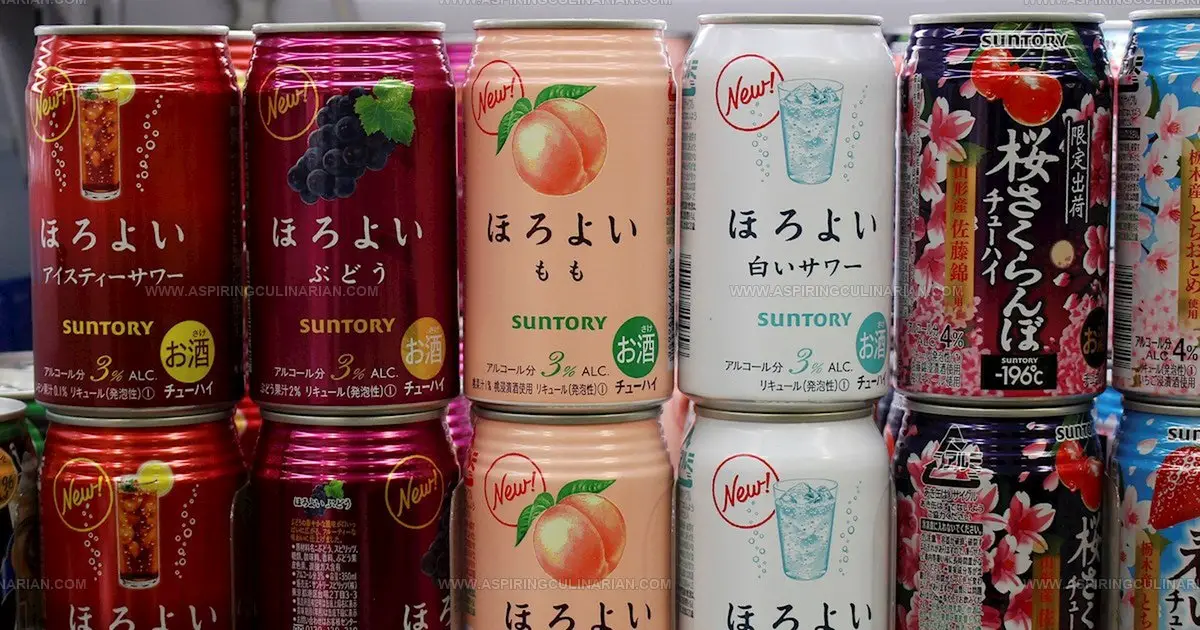
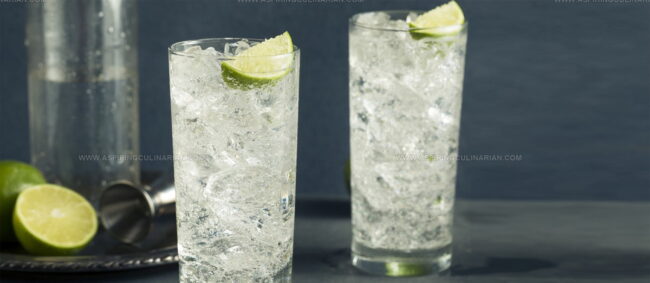
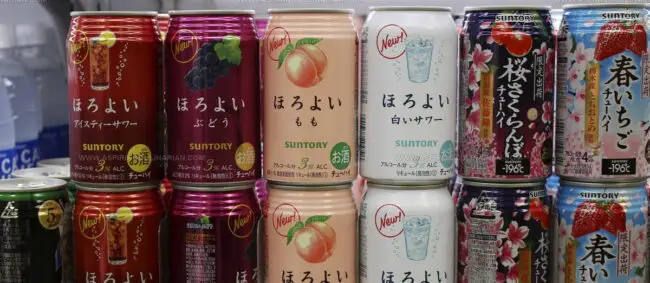
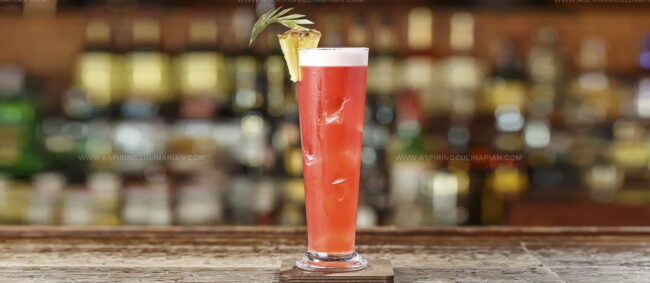
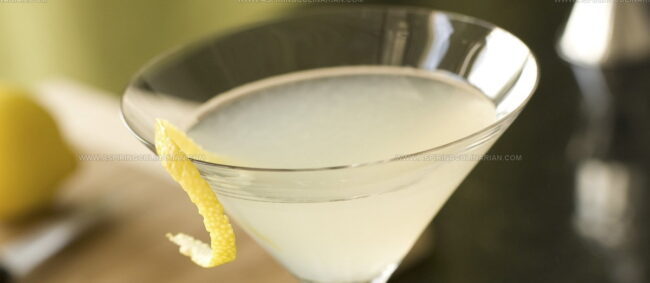
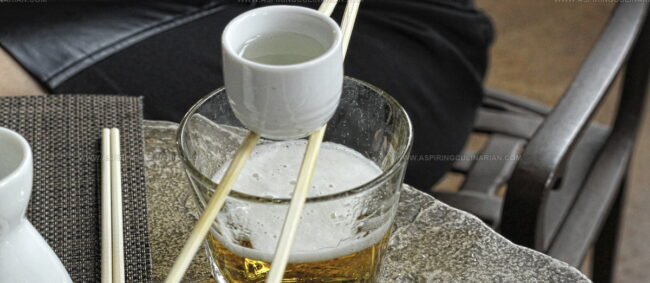
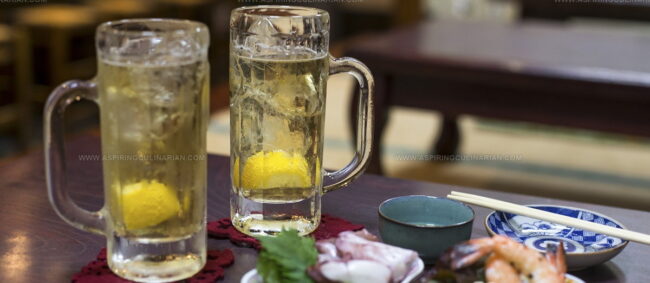
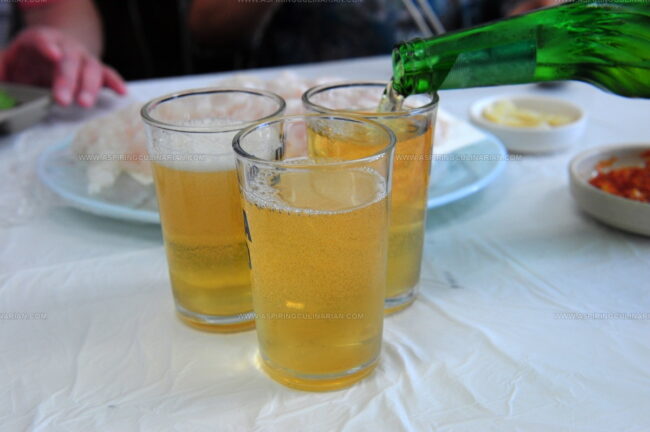

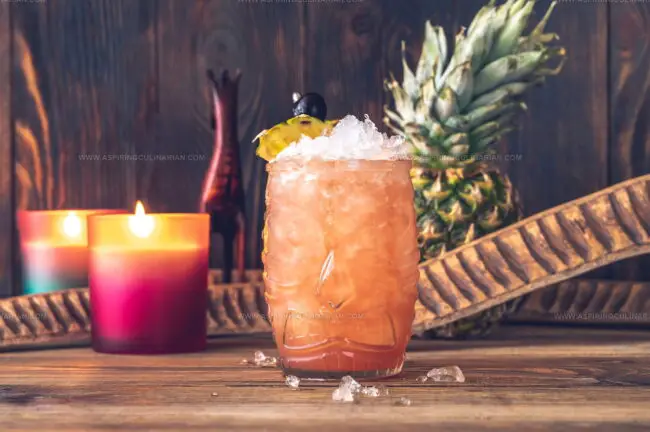
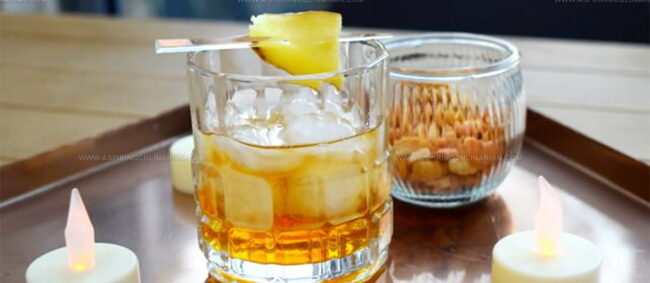
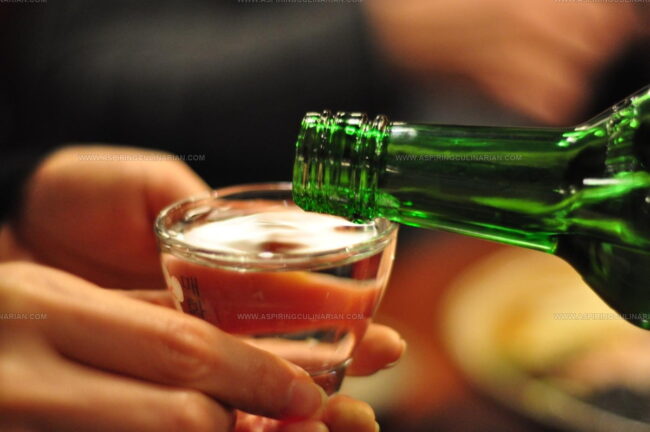
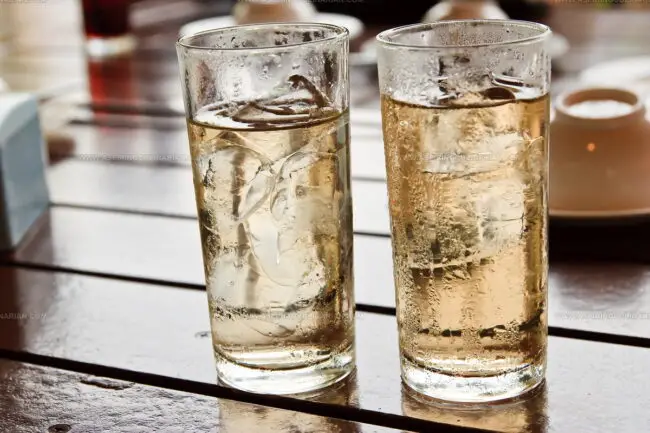
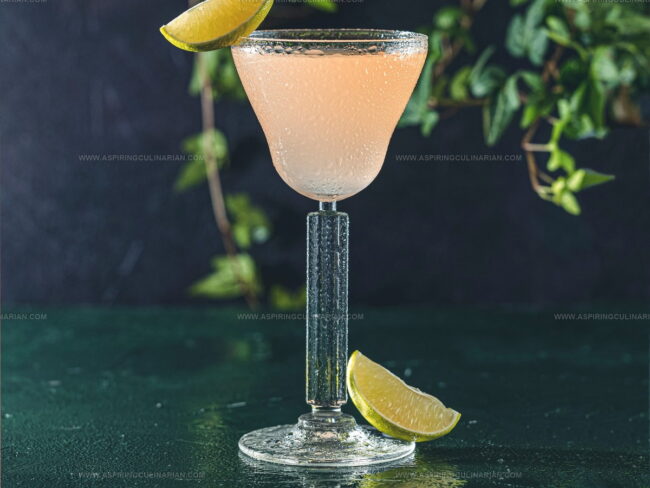
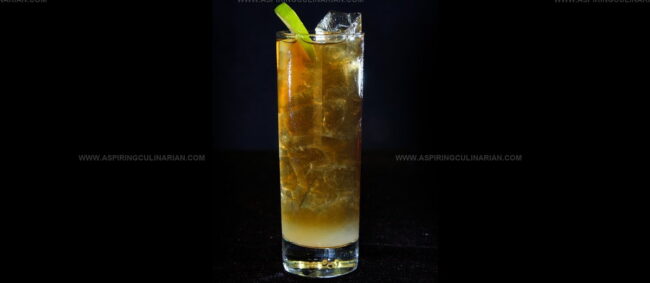
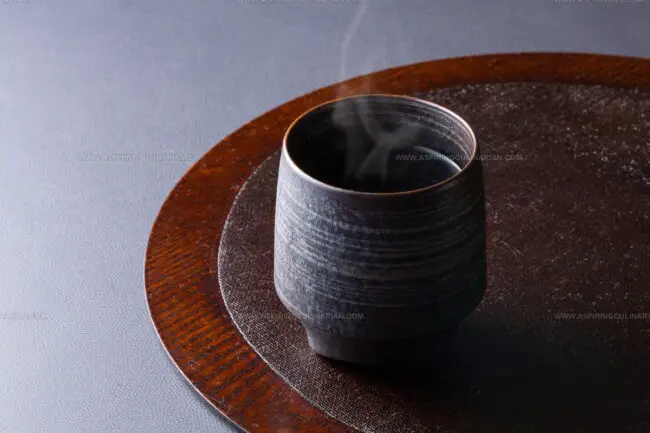
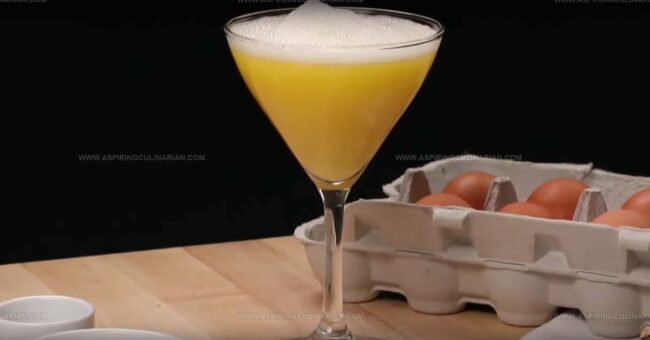
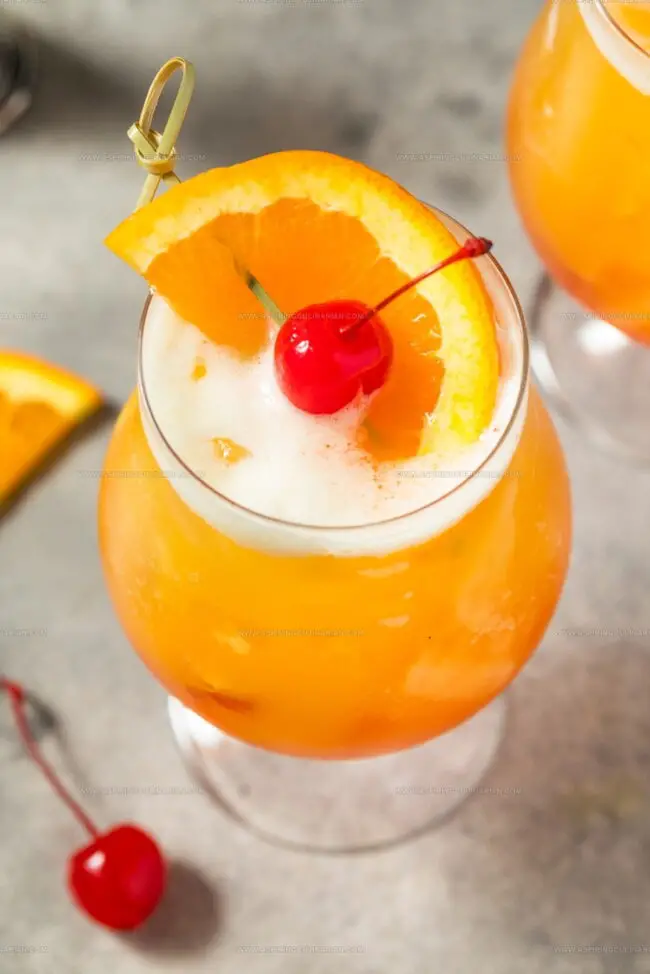
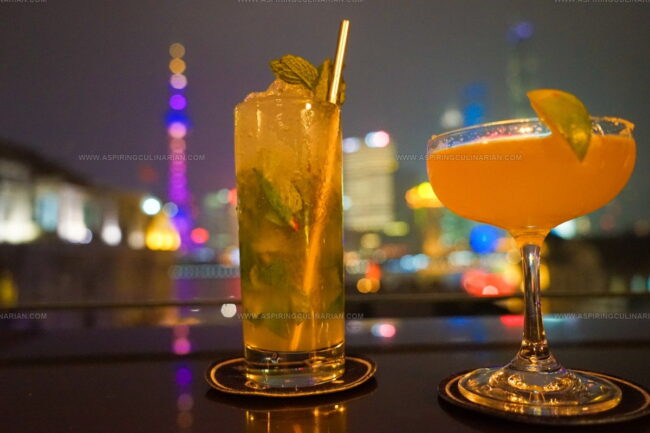
Lena Martinez
Contributing Writer & Culinary Educator
Expertise
Southwestern and Latin American cuisines, Vegetarian and plant-based recipe development, Culinary education and community outreach
Education
Santa Fe Community College, Santa Fe, NM
Certificate in Culinary Arts
Emphasized Southwestern cuisine and sustainable cooking practices
Lena grew up surrounded by the colors, spices, and traditions of the Southwest – flavors that sparked her love for bold, honest cooking. After earning her Culinary Arts certificate at Santa Fe Community College, she made it her mission to teach home cooks how to create flavorful, plant-powered meals without the fuss.
Her recipes are packed with vibrant ingredients, simple steps, and the kind of heart that turns a regular meal into something you’ll want to share. Outside the kitchen, Lena spends her time wandering farmers’ markets, trading family recipes, and helping young chefs find their voice through food.